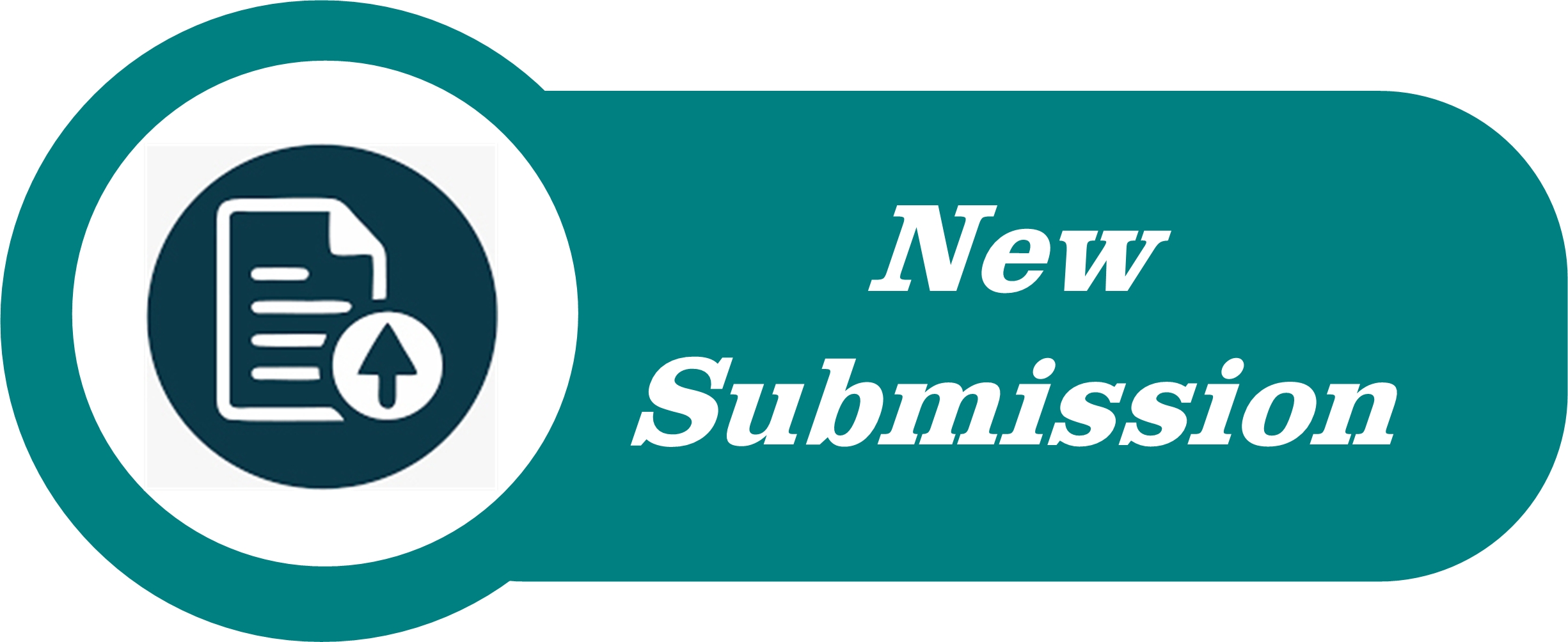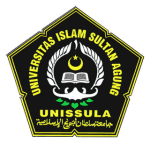Pendampingan guru-guru pendidikan jasmani, olahraga, dan kesehatan dalam mengasah keterampilan public speaking
DOI:
https://doi.org/10.61251/cej.v3i3.224Keywords:
keterampilan public speaking, guru olahragaAbstract
Penguasaan keterampilan public speaking menjadi poin penting dalam mendukung peran guru-guru pendidikan jasmani, olahraga, dan kesehatan (PJOK) dalam proses pembelajaran yang tidak hanya berfokus pada penguasaan keterampilan verbal tetapi juga mengasah kemampuan non-verbal. Tahap analisis kebutuhan menujukkan bahwa masih ada guru-guru PJOK yang terkendala dalam penguasaan keterampilan public speaking. Mereka tidak percaya diri, kesulitan mengatur waktu berbicara, dan mengelola bahasa tubuh yang tepat. Mereka juga masih kurang memahami bagaimana menarik perhatian audience dan beradapatasi dalam berbagai situasi. Tujuan dari kegiatan pengabdian ini adalah memberikan pendampingan guru-guru PJOK dalam mengasah keterampilan public speaking mereka. Metode kegiatan pengabdian masyarakat diawali dengan melakukan analisis kebutuhan, membuat rencana kegiatan, pelaksanaan, dan evaluasi. Dalam tahap pelaksanaan, peserta diminta untuk mengisi angket di awal dan di akhir kegiatan. Pemaparan materi diberikan, dilanjutkan dengan sesi tanya jawab, dan praktik oleh perwakilan peserta. Hasil kegiatan menunjukkan respons positif dari peserta yang diketahui melalui pengisian angket, termasuk kesan, dan pesan sebagai tanggapan dari pertanyaan terbuka. Unjuk kerja yang dilakukan perwakilan peserta juga menggambarkan kemampuan public speaking dan pemahaman peserta yang semakin baik. Kegiatan pengabdian ini merupakan salah satu stimulus yang baik dalam pengembangan kompetensi guru-guru PJOK yang berkelanjutan dan berdaya.
Mastery of public speaking skills is essential for supporting the functions of physical education, sports, and health (PE) teachers, with a focus on refining non-verbal abilities and developing verbal skills. It was discovered that certain PE teachers continue to encounter difficulties in developing their public speaking skills. They tend to struggle with managing their speaking time effectively, using proper body language, and maintaining confidence. They also do not know how to adapt to the moment and keep the audience engaged. This community service initiative is designed to help PE teachers enhance their public speaking skills through conducting a needs analysis, formulating an activity plan, implementing the plan, and evaluating the outcomes. The participants were asked to submit a questionnaire at the beginning and end of the activity during the implementation phase. The presentation of the material was followed by a question-and-answer session and practice sessions led by group representatives. Participants responded positively to the activity, as evidenced by their questionnaire responses. The public speaking skills and comprehension of the participants’ representatives were also observed to have improved during their performances. This service activity effectively stimulates the ongoing development of competent and empowered PE teachers.
References
Adams, K. (2022). The Benefits of Using Effective Body Language in Public Speaking. Issue 5 Ser. III, 12(5), 17–23. https://doi.org/10.9790/7388-1205031723
Anshori, I., Majid, M. R., Fitria, S., & Haq, G. F. (2024). the Role of the Cooperative Script Method in Developing Self-Confidence and Public Speaking Skills Among Madrasah Ibtidaiyyah Student. Jurnal Pendidikan Islam, 10(2), 280–293. https://doi.org/10.15575/jpi.v10i2.39169
Baccarani, C., & Bonfanti, A. (2015). Effective public speaking: a conceptual framework in the corporate-communication field. Corporate Communications: An International Journal, 20(3), 1356–3289. https://doi.org/10.1108/CCIJ-02-2015-0009
Bolkan, S., Goodboy, A. K., & Kelsey, D. M. (2016). Instructor Clarity and Student Motivation: Academic Performance as A Product of Students’ Ability and Motivation to Process Instructional Material. Communication Education, 65(2), 129–148. https://doi.org/10.1080/03634523.2015.1079329
Chen, L., & Zhan, H. (2019). Are Students Relying on Scripts in their Oral Presentations Online? International Journal of Technology in Teaching and Learning, 15(2), 126–146. https://doi.org/10.37120/ijttl.2019.15.2.04
Grillo, H. M., & Enesi, M. (2022). Impact, Importance, Types, and Use of Non-Verbal Communication in Social Relations. Linguistics and Culture Review, 6, 291–307. https://doi.org/10.21744/lingcure.v6ns3.2161
Jasuli, J., Hartatik, S. F., & Astuti, E. S. (2024). The Impact of Nonverbal Communication on Effective Public Speaking in English. Journey: Journal of English Language and Pedagogy, 7(2), 226–232. https://doi.org/10.33503/journey.v7i2.834
Kroczek, L. O. H., & Mühlberger, A. (2023). Public speaking training in front of a supportive audience in Virtual Reality improves performance in real-life. Scientific Reports, 13(1), 1–11. https://doi.org/10.1038/s41598-023-41155-9
Lam, C., & Hannah, M. A. (2016). Flipping the audience script: An activity that integrates research and audience analysis. Business and Professional Communication Quarterly, 79(1), 28–53. https://doi.org/10.1177/2329490615593372
Petek, T. (2014). The Teacher as a Public Speaker in the Classroom. Studies in Literature and Language, 9(1), 124–133. https://doi.org/10.3968/5214
Rizkya, A. N., Yani, U. A., Banjarmasin, K., & Selatan, I. (2024). MENINGKATKAN KEMAMPUAN PUBLIC SPEAKING GURU TK MELALUI PELATIHAN MASTER OF CEREMONIES Increasing the Public Speaking Skills of Kindergarten Teachers through Master of Ceremony Workshop. 135–139. https://qjurnal.my.id/index.php/educurio
Robertson, D. A., & Padesky, C. J. (2020). Keeping Students Interested: Interest-Based Instruction as a Tool to Engage. Reading Teacher, 73(5), 575–586. https://doi.org/10.1002/trtr.1880
Downloads
Published
How to Cite
Issue
Section
License
Copyright (c) 2025 Audi Yundayani, Ihsan Hasani, Apri Satriawan Chan, Andi Taufan Bayu Dewantara, Nafisah Manda Sasmita, Alya Hadistya Wibowo, Aisyah Amirah Halfa

This work is licensed under a Creative Commons Attribution 4.0 International License.
The journal's license is under Creative Commons Attribution 4.0 International License that allows others to share the work with an acknowledgement of the work's authorship and initial publication in this journal.










